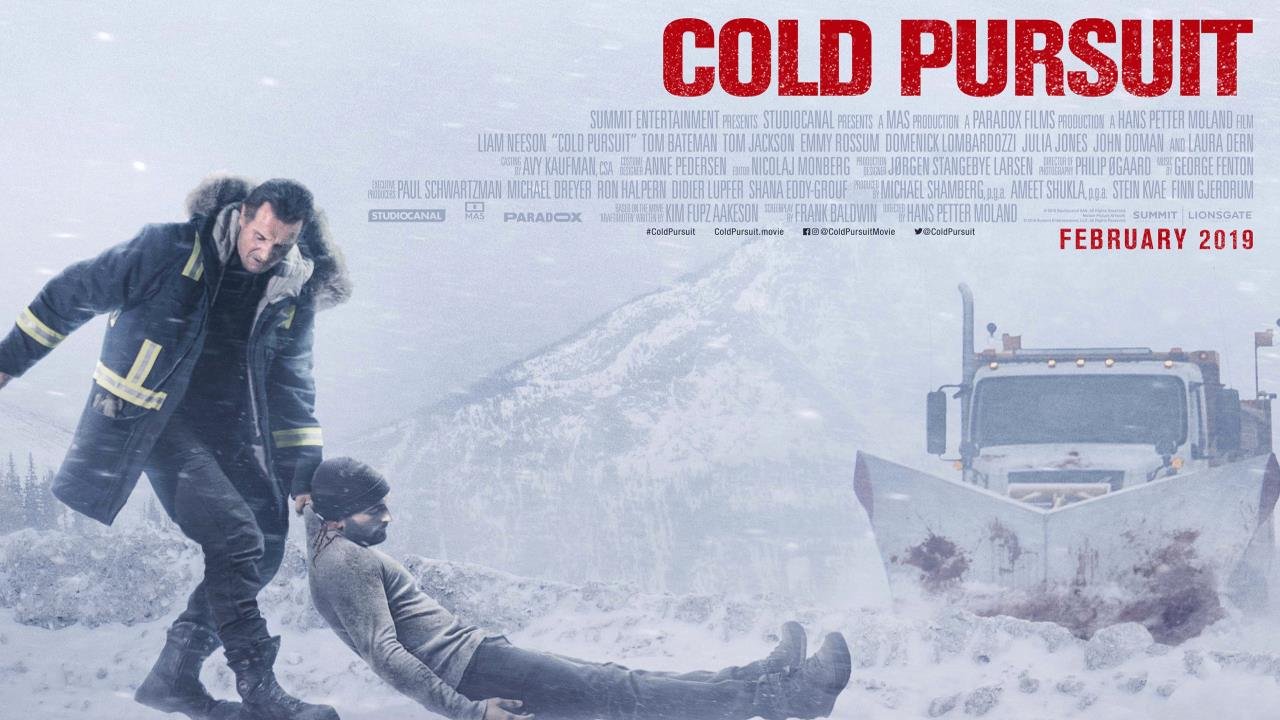The Unholy Trinity (2025) – A Western Revival Steeped in Justice, Betrayal, and Redemption
The Unholy Trinity (2025), directed by Richard Gray, is a modern Western that reimagines the classic genre with a blend of moral ambiguity, gritty realism, and compelling performances. Set in post-Civil War Montana, the film follows the tangled destinies of three men bound by blood, law, and vengeance. It is a story not just of gunslingers and dusty trails, but of identity, sacrifice, and the shadows of legacy that refuse to die.
At the center of the film is Henry Broadway, a young man grappling with the dishonor cast upon his family after the public execution of his father, Isaac Broadway, for a murder he may not have committed. When Isaac is hanged, he leaves behind a cryptic message urging Henry to uncover the truth and confront the forces that led to his downfall. Spurred by grief and a thirst for justice, Henry travels to the town of Trinity—a settlement once built by his father’s hands but now corrupted by greed and lawlessness.

Upon his arrival, Henry finds himself caught between two formidable figures: Sheriff Gabriel Dove, a once-righteous lawman now hardened by years of compromise, and St. Christopher, a charismatic outlaw who holds the key to the town’s darkest secrets. Pierce Brosnan plays Sheriff Dove with quiet authority, portraying a man trying to hold the line in a world that no longer respects order. Samuel L. Jackson delivers a magnetic performance as St. Christopher, blending menace with charm in a role that blurs the lines between villain and visionary.
Brandon Lessard brings intensity and vulnerability to the role of Henry, whose internal struggle forms the emotional heart of the film. He is not a hardened killer but a man forced into violence by the weight of legacy and betrayal. As Henry digs deeper into the town’s underbelly, he uncovers a web of lies, hidden alliances, and moral decay. Each revelation brings him closer to a reckoning—not just with his enemies, but with himself.

The film’s title, The Unholy Trinity, reflects the uneasy triangle formed between Henry, Dove, and St. Christopher—each representing a facet of frontier justice: innocence, law, and chaos. Their paths converge in a final confrontation that is as explosive as it is emotionally charged, forcing each man to confront the price of his choices.
Visually, the film captures the harsh beauty of the American West with sweeping landscapes, moody lighting, and gritty production design. The cinematography contrasts the open plains with the claustrophobic interiors of saloons and jails, reinforcing the tension between freedom and confinement. The musical score is understated yet haunting, underscoring the film’s slow-burning tension and somber tone.

The Unholy Trinity succeeds not by reinventing the Western, but by returning to its roots—exploring timeless themes of justice, loyalty, and redemption through flawed, complex characters. It is a story where the past is never truly buried and where redemption is earned not through heroics, but through sacrifice. In an era where Westerns are rare, this film stands as a testament to the enduring power of the genre when handled with intelligence, heart, and respect for its mythos.


-1752634175-q80.webp)
